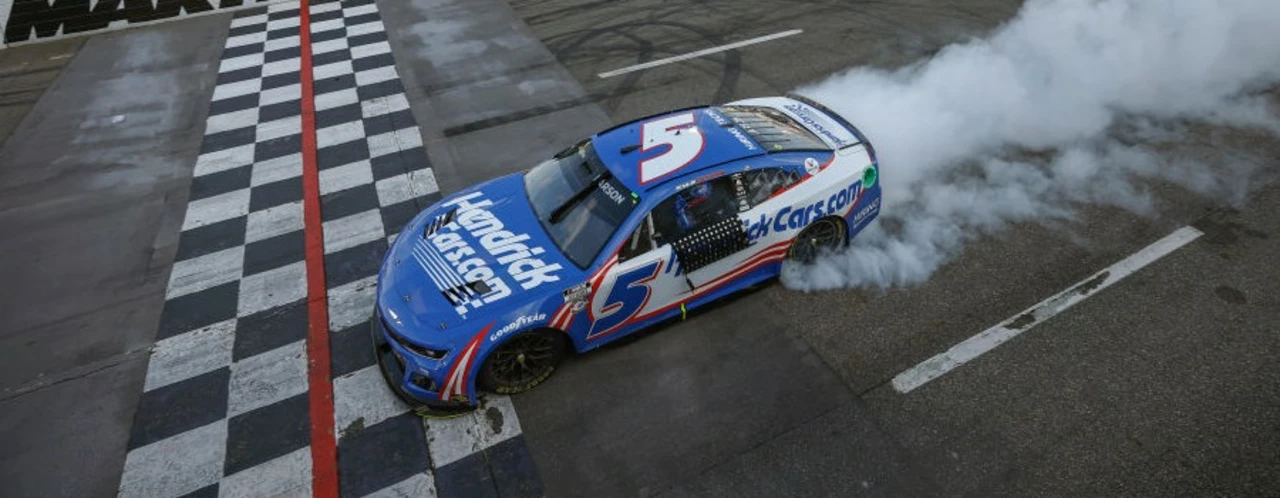NASCAR Racing: Latest News, Drivers, and What’s Happening on the Track
If you love the roar of engines and the thrill of close‑up battles, you’ve landed in the right place. This page gives you a quick, practical look at everything NASCAR racing fans need to know right now. From race schedules to driver fitness tips, we keep it simple and useful.
What Makes NASCAR Unique?
NASCAR isn’t just about speed; it’s about strategy, teamwork, and a bit of drama. The cars run on oval tracks that range from short local circuits to massive superspeedways like Daytona. Because the tracks are mostly left‑hand turns, drivers develop a special feel for the car’s balance and tire wear.
Another key difference is the “stage” format. Races are split into three stages, and drivers earn points at the end of each stage. Those points add up for the championship, so a driver can win the race without leading every lap. It keeps the action lively and gives fans plenty of moments to cheer.
Fans also love the close connection to the drivers. Many racers share personal stories on social media, and you’ll often see them interacting with fans at the track. That personal touch makes the sport feel more accessible than some other motor series.
How to Stay Up‑to‑Date with NASCAR
The fastest way to keep up is to follow the official NASCAR schedule. Races usually run from February (the Daytona 500) through November (the championship race). Mark the dates on your calendar and look for “cup series” events if you want the top‑level competition.
Pick a few reliable sites for race recaps. Bill Smith Motorsports Hub gives concise summaries, driver interviews, and quick stats without the jargon. You can also set up alerts on your phone for live race updates, so you never miss a lead change.
Social media is a goldmine for behind‑the‑scenes content. Drivers post workout videos, car prep clips, and even answer fan questions. Following a few favorite drivers gives you a personal glimpse into their daily routine and helps you understand why they’re called athletes.
If you’re new to the sport, start with a race that’s easy to follow, like a short‑track event at Bristol. Those races have lots of overtaking and fewer long green‑flag laps, which makes the action easier to read. Watching a few races back‑to‑back will teach you the rhythm of the stages and how pit strategy can change the outcome.
Finally, join online forums or fan groups. Talking with other fans brings new perspectives, like why a certain tire brand works better on a concrete surface or how a driver’s “kick” affects the last corner. The conversation adds depth to what you see on TV.
Whether you’re a seasoned fan or just curious, staying informed doesn’t have to be complicated. Use the schedule, follow a couple of drivers, read short race recaps, and join the conversation. That’s all you need to feel part of the NASCAR world.
Ready to rev your knowledge? Check out our latest articles for race analysis, driver fitness tips, and the tech behind the cars. Keep scrolling, stay updated, and enjoy the ride.
Motorsports and Racing

Is rubbing really part of Nascar racing?
As a passionate NASCAR fan, I've often wondered if rubbing is truly an integral part of NASCAR racing. After some research and observation, I've come to realize that rubbing, or when two cars make contact on the track, is indeed a common occurrence in this high-speed sport. Many argue that it adds an element of excitement and unpredictability to the races. However, it's essential to remember that safety must always be a priority, and excessive rubbing can lead to dangerous accidents. In conclusion, while rubbing might be an exhilarating aspect of NASCAR, it's crucial to balance it with responsible racing practices.